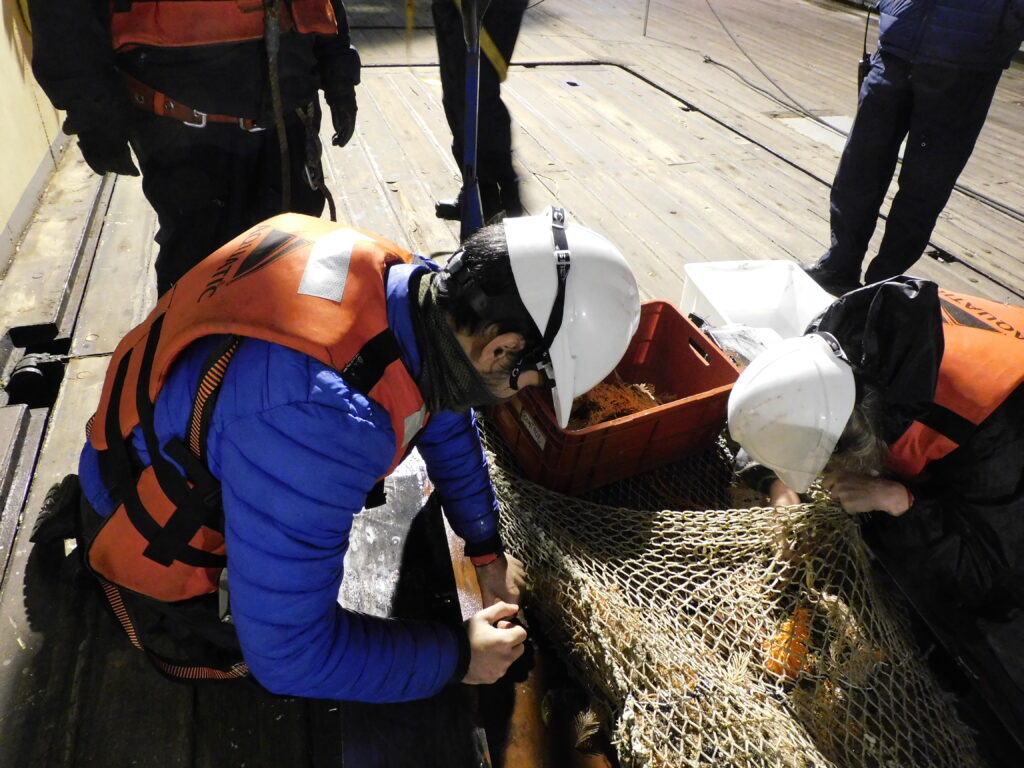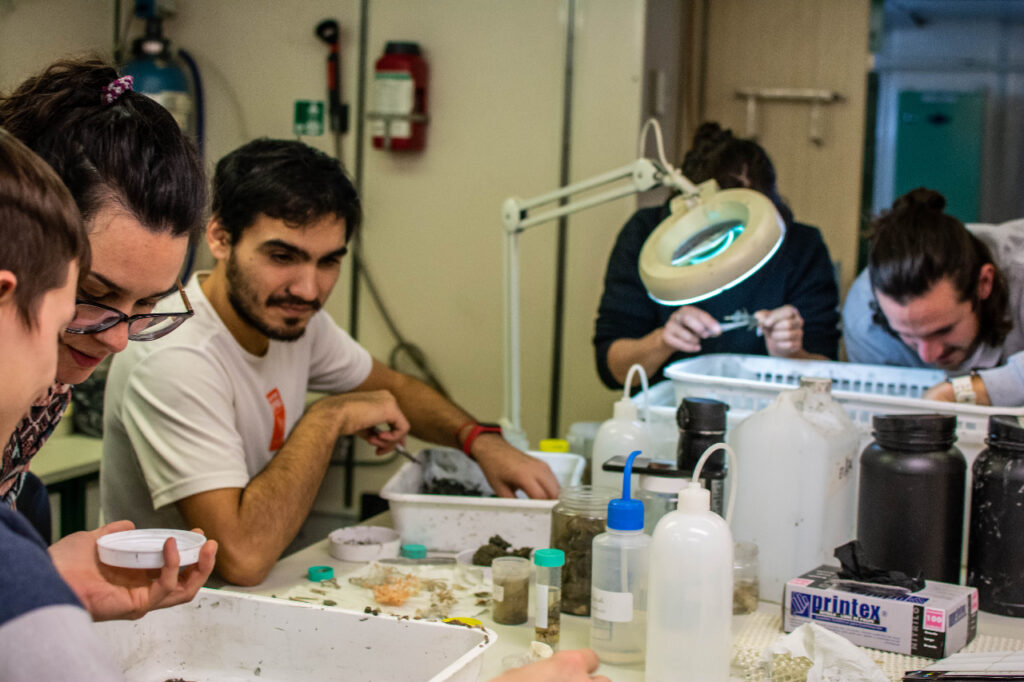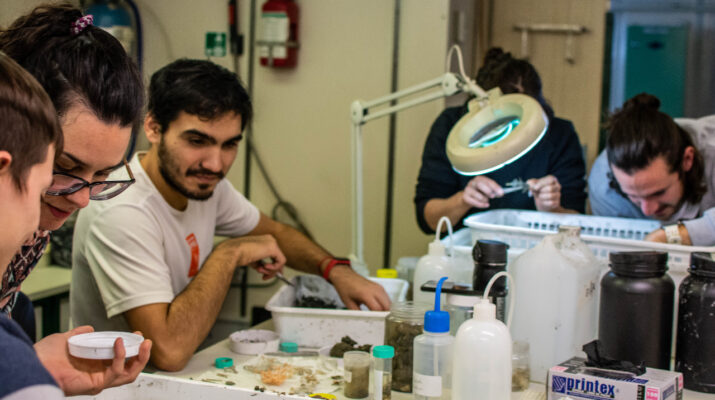Leonel Pacheco
Museo Argentino de Ciencias Naturales “Bernardino Rivadavia”, Buenos Aires, Argentina
Twitter: @LeoPacheco14
Instagram: @pacheleo48
Contact: leonel.ivan.pacheco [ a . t . ] gmail.com
Since a child, I’ve always been interested in the natural world. I remembered spending hours watching documentaries and being fascinated by the immense biodiversity of the world. Now I’m in the driver’s seat observing firsthand the vast bentos of the deep sea, especially in the southern southwestern Atlantic deep sea, which few have been able to study.
I was drawn into this subject back in 2015 when I entered the Laboratorio de ecosistemas costeros, plataforma y mar profundo as an intern. I’m currently in the fifth year of my Ph.D. “Protobranchs and septibranchs bivalves of the Argentinian deep-sea”, in which I study the diversity of these bivalves through morphological and molecular studies. These groups are characterized by a higher presence with depth, reaching almost half of bivalves richness in the Atlantic deep sea. In addition, the Argentinian deep sea fauna has been almost unexplored until about a decade ago, when my colleagues began studying it, making my work one in a series of first in-depth description of the Argentinian deep-sea biodiversity.

Taxonomy is certainly a challenging subject, especially in the deep sea, and particularly with taxons so little known such as septibranchs, but is certainly a necessary step to start any further analysis. These studies aim to help in the understanding of the deep-sea fauna of southern Southwestern Atlantic waters and consequently provide an efficient baseline to secure the conservation of the deep sea.
To date, I’ve been involved in two Oceanographic expeditions in which the main method of sample collection were bottom trawl net, Rauschert dredge, and Box Corer. This is one of my favorite parts of my work, being able to witness fauna that few have been able to and spend hours trying to identify them. I hope to one day be able to participate in a research cruise with a Remotely Operated Vehicle (ROV) or even a submersible, not only for my pleasure but also to help show the world how beautiful our seas are.

As part of my doctoral training, I’ve been learning several skills in relation to morphometric, biogeographical, and anatomical studies. The one I enjoyed the most was micro-CT, which allowed me to digitally dissect specimens without the need of destructing the scarce specimens.
One of the main difficulties when studying deep-sea fauna is the number of samples available, nonetheless, thanks to the DSBSoc’s support, I will be able to visit several of the collections that house an enormous amount of lots of these bivalves. At the moment three new species are in the process of been published and the bathymetric ranges of the taxons studied have provided interesting results concerning the vertical zonation of the species. I’m excited to see how these new lots will improve my results.
Follow Leonel on Instagram (@pacheleo48) and Twitter (@LeoPacheco14) !

